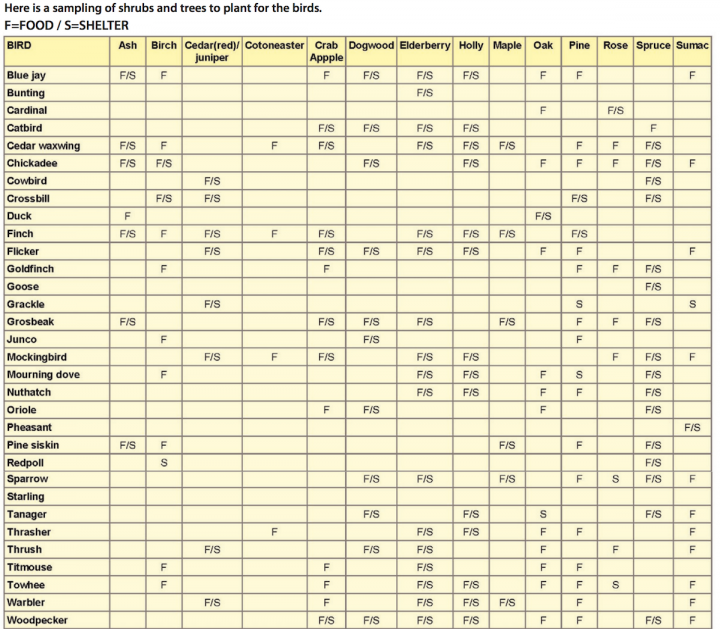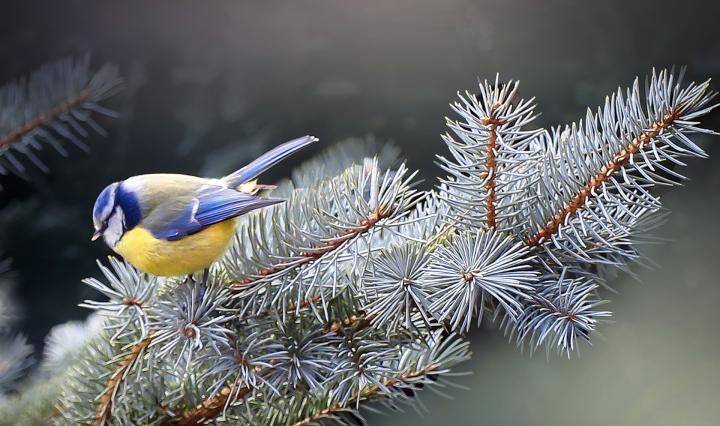Primary Image

Caption
Cardinal on holly bush.
Plant trees that provide food and habitat for our feathered friends
mocking birds and cat birds like it. Robins too
I see you mention ivy in your article. Ivy (Hedera helix) is a terrible invasive in much of the country. It matures once it climbs to a certain height, producing fruit that the birds eat and spread to the woods, where it kills trees. Native plants are always preferred over alien plants. Please remove mention of it from your article.
This year my husband and I put in the first garden on this property in 20 years. We had a variety of beans, corn, potatoes, onions, garlic, squash, etc. I have always had food out for the birds, but this year I saw an explosion in the wildlife! There young birds would try to land on the corn tops and we could see them sliding down the leaves. When we picked the beans I would find little feathers stuck to the leaves. It makes me really look forward to next year's garden.
I didn't see the "Robin" in your chart of birds and where they like to find food and shelter????
American robins, members of the thrush family, like earthworms, grubs, and other insects, and some snails. They'll also eat fruit/berries. Fruit from trees, shrubs, and vines such as mulberries, serviceberries, elderberry, flowering dogwood, crabapples, junipers, sumac, holly, cherry, grape, viburnums, spicebush, and others will attract them. They'll also come to both platform and ground feeders. They typically nest in trees, although depending on the area of the country, they might build nests on the ground, thickets, in the eaves of homes, etc. When foraging, they like to keep near cover, such as a tree or shrub. Hope this helps!
Red grapes are a big favourite for robins
Thank for the info I love these little creatures!
Thank you for any information on hummingbirds; want to see more of those beautifol creatures
Try hanging Fuscia plants in partially shaded areas around your house. Hummingbirds love them!
The chart would help if it were also by state. THANKS!












Comments